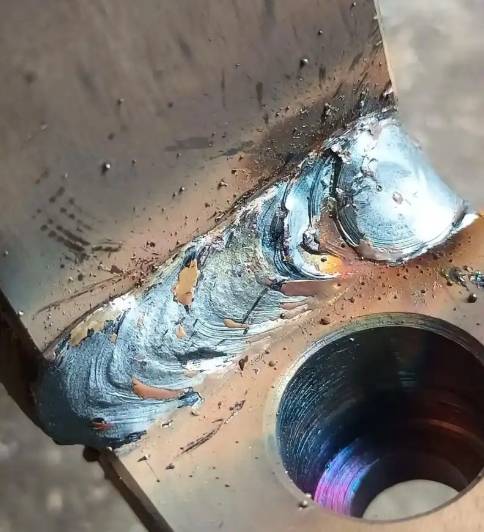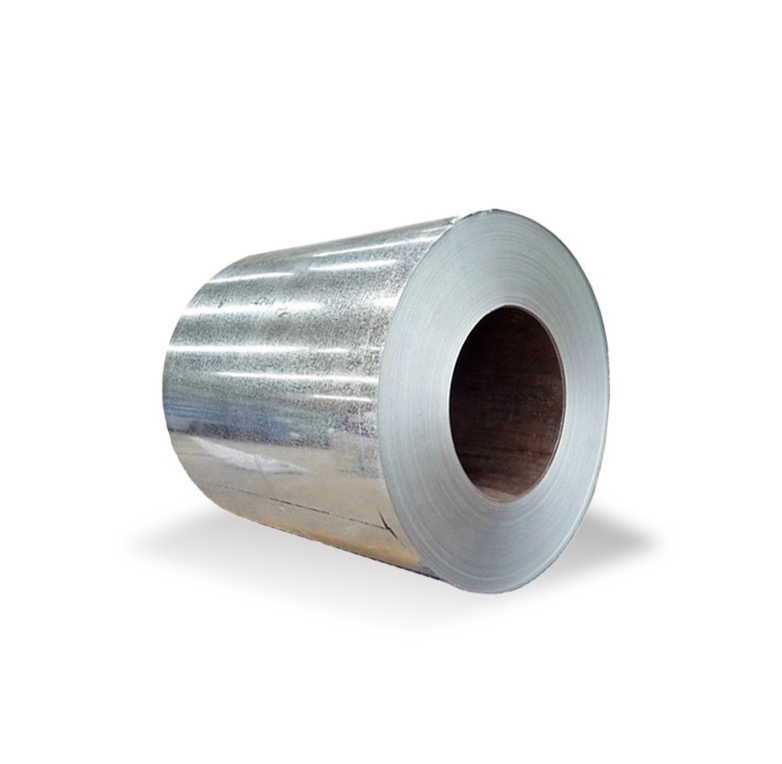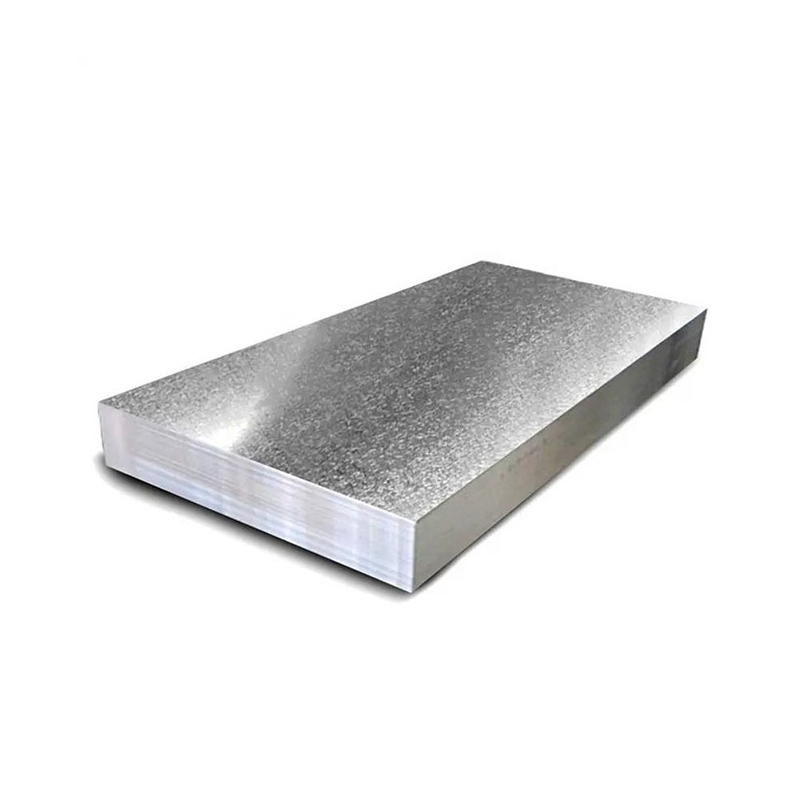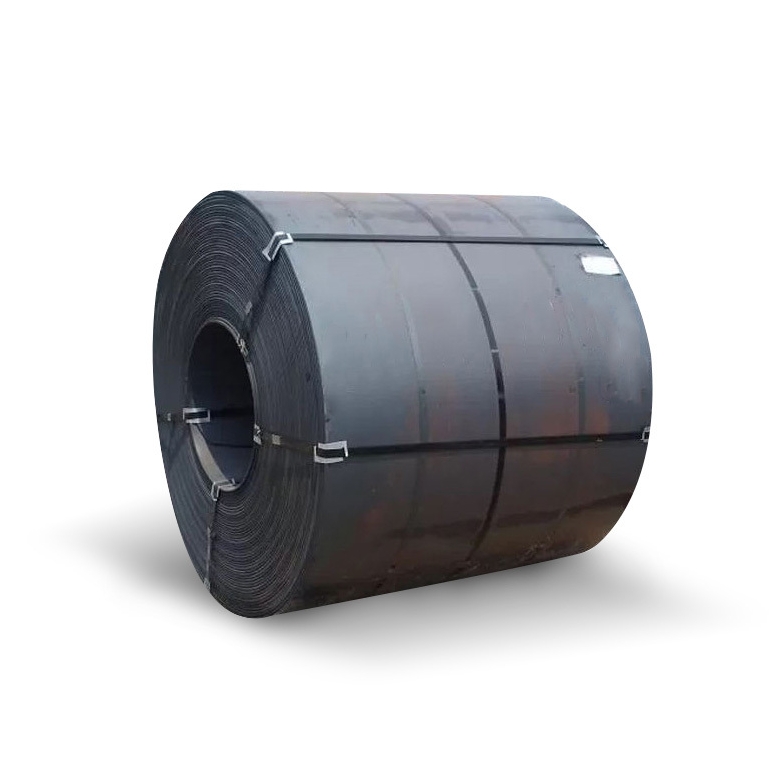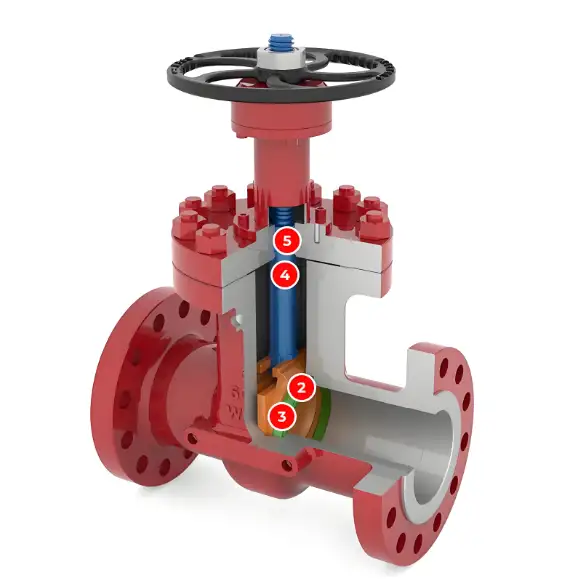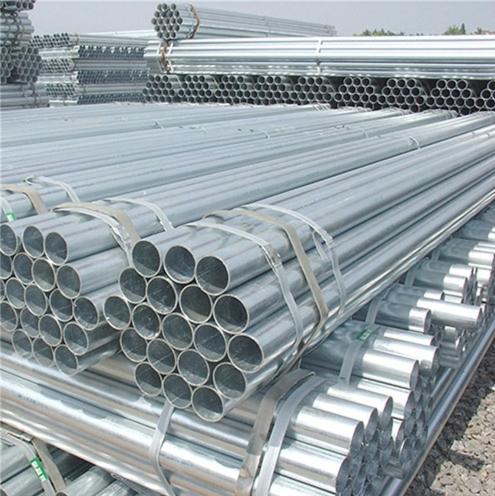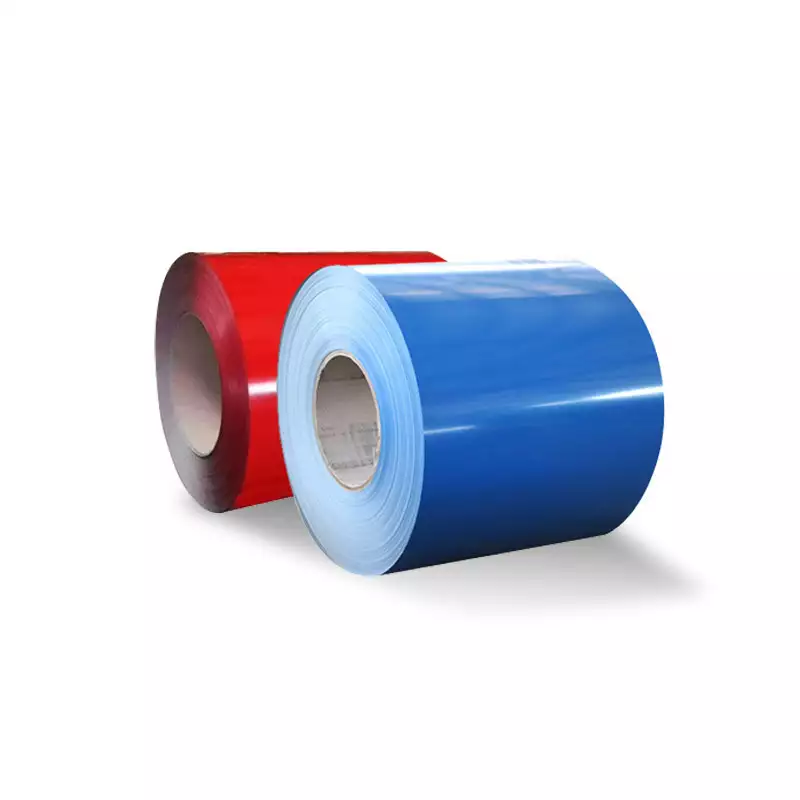Welding is a fundamental process in metal fabrication, but when it comes to carbon steel, many wonder if it’s a straightforward task. The answer is yes, but with some caveats. Understanding the nuances of carbon steel welding can make all the difference between a strong joint and a costly failure. In this article, I’ll reveal three foolproof techniques to weld carbon steel effectively, backed by real-world examples, detailed steps, and important warnings.
Let’s explore how you can master carbon steel welding and ensure durable, high-quality results.
1. Understanding the Basics of Welding Carbon Steel
What’s the Problem?
Carbon steel is popular due to its strength and affordability, but welding it presents specific challenges. Its carbon content influences weldability, affecting heat treatment and potential cracking.
How to Approach It
Knowing the type of carbon steel you’re working with is key. Low-carbon steels are easier to weld, while high-carbon steels require more careful handling. Selecting the right welding method is crucial.
Case Example
In my experience, welding low-carbon steel (less than 0.3% carbon) was straightforward. However, high-carbon steel (above 0.6%) cracked easily without proper preheating and post-weld treatments. This highlights the importance of understanding carbon steel properties.
Related Keywords: weldability, heat treatment, steel composition
Transition: Now, let’s examine three proven techniques that make welding carbon steel foolproof.
2. Technique 1: Proper Preheating and Post-Weld Heat Treatment
The Issue
High carbon content increases the risk of cracking during welding due to rapid cooling. Without preheating, the weld and surrounding metal contract unevenly.
The Solution
Preheat the carbon steel to a temperature between 150°C and 250°C before welding. Post-weld heat treatment (PWHT) helps relieve stresses and reduces cracking risks.
Practical Case
A fabricator I know was struggling with cracks in high-carbon steel beams. After implementing a preheating process at 200°C and controlled cooling, the cracks disappeared, and weld quality improved significantly.
Related Keywords: preheating, stress relief, weld cracking
Transition: To better understand this, let’s compare the effects of preheating versus no preheating in a simple table.
Comparison Table: Preheating vs No Preheating
| Aspect | Preheating (200°C) | No Preheating |
|---|---|---|
| Crack Prevention | Highly effective | Often occurs |
| Residual Stress | Reduced | High |
| Welding Quality | Improved | Variable |
| Time & Cost | Slightly increased | Lower upfront, higher repair |
Table 1: Effects of preheating in carbon steel welding.
3. Technique 2: Choose the Right Welding Method
The Problem
Not all welding techniques suit carbon steel equally. Using the wrong method can lead to weak joints or cracking.
The Solution
Gas Metal Arc Welding (GMAW) or Shielded Metal Arc Welding (SMAW) are ideal for carbon steel because they provide good control over heat input and weld quality.
Real-World Example
In my shop, switching from flux-cored arc welding (FCAW) to GMAW significantly improved weld consistency and minimized defects in carbon steel structures.
Related Keywords: welding methods, arc welding, weld quality
Transition: Let’s compare these methods with other common welding techniques.
Comparison of Welding Methods
| Technique | Heat Control | Ease of Use | Suitable for | Cost | Common Defects |
|---|---|---|---|---|---|
| GMAW | Excellent | Easy | Thin & thick | Moderate | Porosity, spatter |
| SMAW | Good | Moderate | All positions | Low | Slag inclusion |
| FCAW | Very good | Easy | Heavy-duty | Moderate | Cracking if not controlled |
Table 2: Comparing welding techniques for carbon steel.
4. Technique 3: Use Proper Filler Materials and Shielding Gases
The Issue
Incorrect filler metals or shielding gases can compromise weld strength and cause oxidation or porosity.
The Solution
Use ER70S-6 or ER70S-3 filler wires for carbon steel. For shielding gases, a mix of 75% Argon and 25% CO₂ provides deep penetration and good weld quality.
Case Study
I once welded a pipeline with ER70S-6 wire and a 75/25 argon/CO₂ mix. The welds were clean, strong, and passed all quality tests—showing how proper filler and shielding make a difference.
Related Keywords: filler metals, shielding gases, weld quality
Transition: Now, let’s look at some common mistakes to avoid.
⚠️ Common Mistakes to Avoid When Welding Carbon Steel
- ⚠️ Ignoring preheating: Skipping preheat can cause cracking, especially in high-carbon steels.
- ⚠️ Overheating: Excessive heat input leads to burn-through or weakened welds.
- ⚠️ Using incompatible filler metals: Wrong filler can cause porosity or weak joints.
- ⚠️ Neglecting post-weld treatment: Failing to relieve stresses increases cracking risk.
- ⚠️ Poor cleaning: Contaminants like rust or oil cause weld defects.
5. Step-by-Step Guide to Welding Carbon Steel
Follow these five steps for successful welding:
- Select the right steel: Determine if your carbon steel is low, medium, or high carbon.
- Prepare the material: Clean thoroughly to remove rust, oil, and dirt.
- Preheat the steel: Heat to 150-250°C based on carbon content.
- Choose appropriate welding parameters: Use suitable current, voltage, and travel speed.
- Perform post-weld heat treatment: Allow slow cooling to relieve stresses.
Bonus Tip:
Always wear proper PPE and ensure good ventilation during welding.
Final Operational Checklist
- Have you identified the type of carbon steel you’re working with?
- Is your welding machine set to appropriate parameters?
- Did you preheat the steel before welding?
- Are you using compatible filler metals and shielding gases?
- Have you cleaned the steel thoroughly?
- Did you perform post-weld heat treatment if needed?
- Are you inspecting welds for defects?
- Do you follow safety protocols?
- Have you documented your welding process?
- Are you planning for regular maintenance and inspections?
Conclusion
Welding carbon steel is entirely feasible with the right techniques. Proper preheating, selecting suitable methods, and using the correct filler materials are key. Moreover, understanding the properties of carbon steel helps you avoid common pitfalls.
From my own experience, mastering these techniques has saved me time and money, ensuring strong, durable welds. Remember, the success of your project depends on attention to detail and proper preparation.
So, are you ready to weld carbon steel like a pro? Follow these foolproof techniques, avoid common mistakes, and you’ll achieve excellent results every time.
Need expert advice or quality carbon steel? Contact us today for premium materials and technical support.


